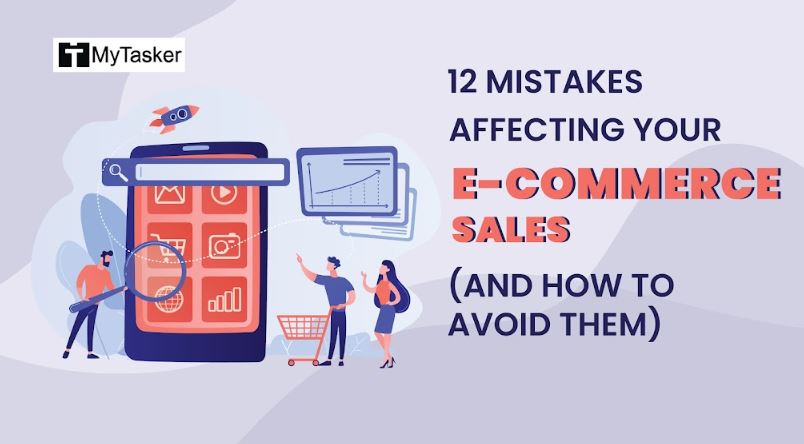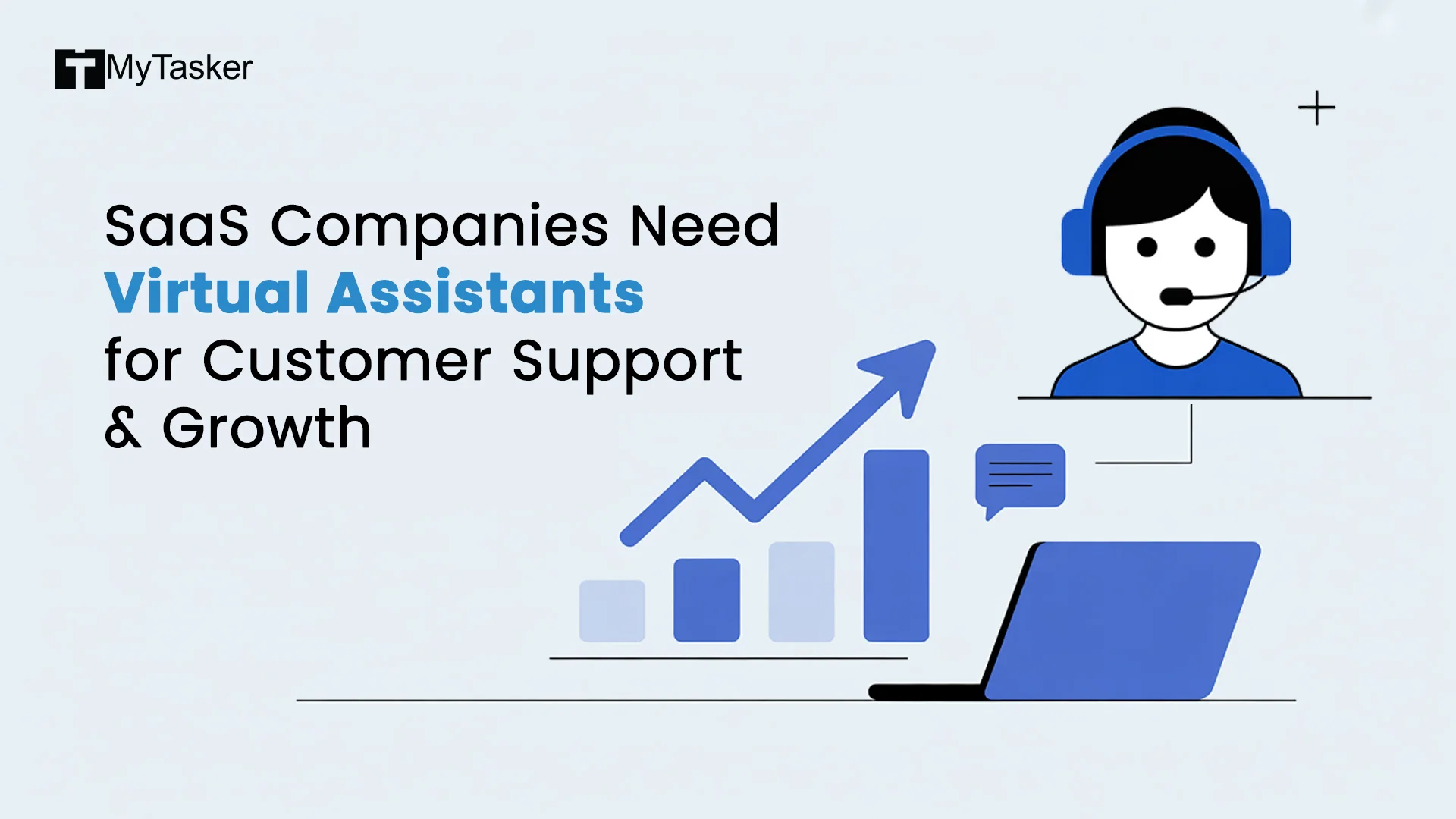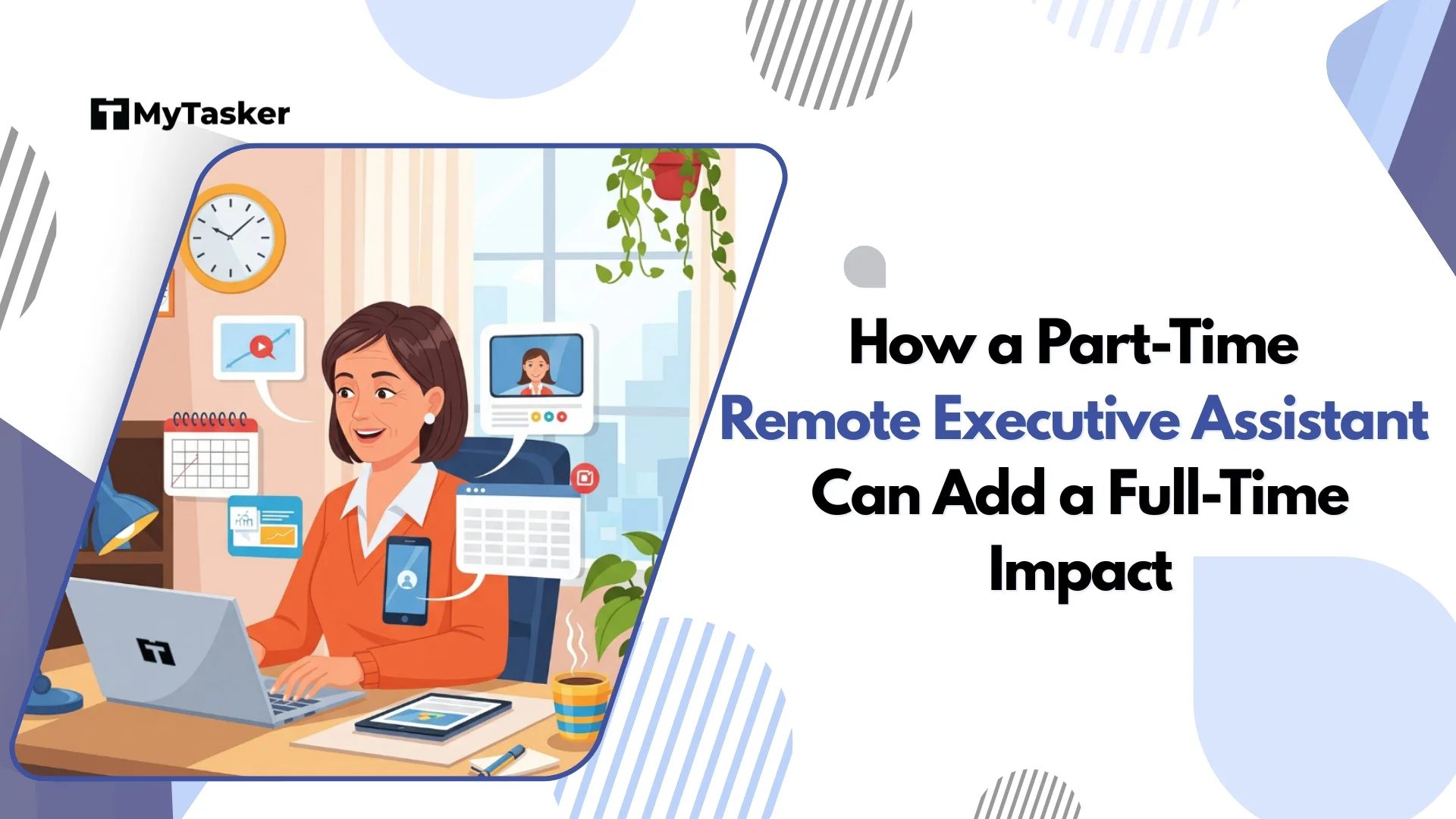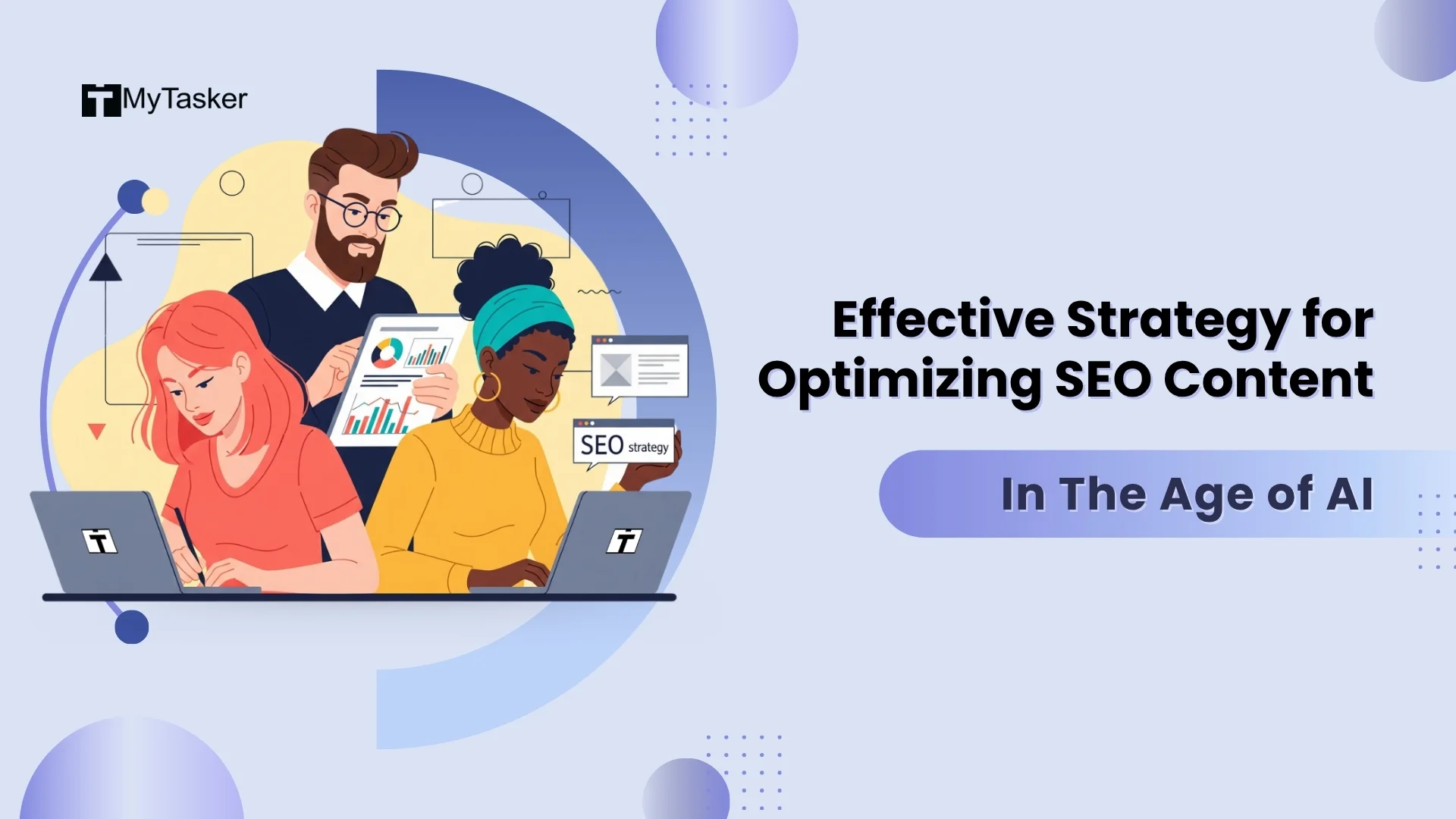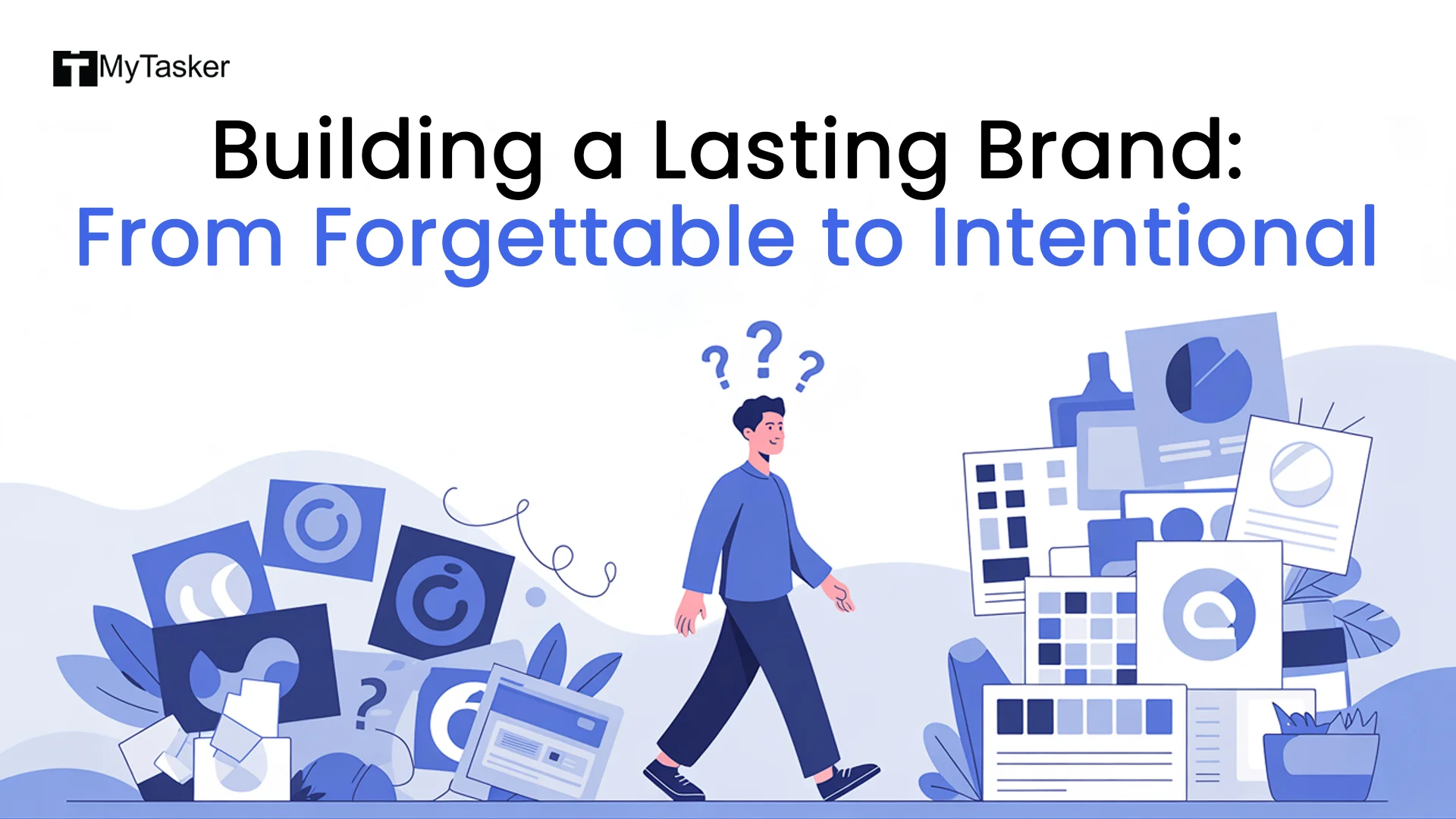E-commerce has witnessed a massive surge in recent years. Right from e-commerce giants to small businesses, there is a place for everyone in the online business space. As it brings people many advantages and opportunities over conventional brick-and-mortar stores, it is nowadays the most preferred method to kickstart their business.
Running an e-commerce site online is not an easy task and even major players tend to make mistakes.
But the good news is that there are a lot of tried and tested hacks and techniques in the digital world that people can learn from and put to use.
That is why here we have put together 12 mistakes e-commerce sites commonly make that affect their sales. We are not only going to alert you about them but also discuss how to avoid them. So make sure to read it till the end.
- CHOOSING THE WRONG PLATFORM
When it comes to e-commerce sites, there are plenty of platforms from which you can choose. Some provide good integration with third-party applications whereas others provide cleaner and easy-to-use tools for your sites.
The platform you choose does affect your marketing and sales because if your business is small with a comparatively lower volume of sales, then sites like Shopify, WooCommerce, Wix, and WebSelf are great options for you since they don’t require much technical knowledge. This means you can focus on other aspects of your business instead of trying to figure out the various functionalities of the e-commerce platform.
- NOT OPTIMIZING FOR MOBILE
Around the beginning of 2021, 79% of mobile users purchased something at least once using their mobile phones. Many users also use their phones at the physical store to compare prices from the site and look for reviews. Thus, it is evident that people at a large depend on mobile phones to browse for information about the product. So your e-commerce site must be compatible with mobile phones and their browsers such that it loads quickly, and displays images properly even on low data for mobile phones, for a good user experience.
- LOW QUALITY PRODUCT PHOTOS
The photo of the product is one of the many reasons that influence people into making a purchase. A vivid image of the product that clearly shows its designs, and photos highlighting its various features help the customer in making an informed purchase decision or sharing it with others. Using low-quality photos of your product gives the user a poor impression and understanding of your product, which decreases their chances of making the purchase.
- LACK OF CUSTOMER REVIEWS
Social proof is one of the most indicative trust factors when it comes to purchasing on an e-commerce site. People tend to give a lot of credibility to the experiences of customers who have used the product. The positive reviews also influence them to make the purchase decision. So if posting reviews is not enabled on your e-commerce site, it’s time to activate it and harness the advantage of reviews from other customers to boost the trust in your e-commerce site. Also, make sure to encourage people to leave reviews as well.
- LACK OF INTERACTION WITH USERS
E-mail marketing is a key to e-commerce success. While we are always looking out for new leads and potential customers, we sometimes tend to overlook our existing customers who are going cold on our email list. Make sure to get the interaction going on with them too. Send out periodic newsletters, use chatbots and platforms like WhatsApp and Facebook to stay in touch with your client base and send them more personalized messages to keep them connected to your brand.
- SETTLING FOR A LOW AVERAGE ORDER
Building on the previous point, while acquiring new customers is always great you should also be mindful of the investment made to acquire your previous customers in the first place. Do not settle with a one-time purchase or a low average order value. Convince your existing customers to make more purchases as the cost of getting 1 customer to spend USD 80 is lesser than 4 customers spending USD 20. Focus on increasing your purchasing value too as it can drive better sales with the amount invested and thus, increase your profitability.
You can do this by offering recommendations, attractive price bundles, setting minimum order values, upselling, etc.
- BAD PRODUCT DESCRIPTIONS
Product descriptions should help the users get an idea of your product and make them understand what it does and how it can make a difference in their lives. Poorly written product descriptions are always a turn-off because they don’t provide the necessary information that a customer is looking for. Your product description should be written in a way to sell it and also make people understand the positive impact it can have on them. It should highlight the problems the product eases and how it is better than the competitor products, instead of simply listing the properties. Avoid copy-pasting product descriptions and try to include SEO keywords.
- POOR SITE EXPERIENCE
The importance of having a good site experience has always been stressed throughout many topics. A user not getting the relevant results for his search leads to a negative experience. User satisfaction is always tied with quickness and relevancy. A well-optimized site with automation that can auto-complete without having the user type can save time and boost the experience on your e-commerce site. In contrast, sites that are lacking or are poorly optimized will drive away potential customers, causing a dent in your sales.
- COMPLEX CHECKOUT EXPERIENCE
Imagine you are on an e-commerce site quickly trying to get your purchase done, but right after you go for check-out you are asked tons of questions and personal information leading to delay and unnecessary extra work. Sounds frustrating, right?
Put yourself in the shoes of your customer and try to make the check-out process smooth and seamless so that you don’t leave a gap for your customer to slip away. Make available various modes of payments, especially PayPal, to suit everyone’s requirements.
- LACK OF SEO CONTENT OPTIMIZATION
SEO is the driving force behind all the organic traffic behind your e-commerce website. Having your e-commerce site content not optimized is equal to losing out on potential customers you could have had from the effect of its organic traffic. Make sure to use relevant keywords in your URLs, title, headings, and especially your descriptions. Avoid low-content or repetitive copy-paste content, as discussed previously.
- POOR CUSTOMER SERVICE
When handling an e-commerce site, friction may occur and sometimes things may go off-track with your customers. That is why it is always advisable to have someone resolve these issues as quickly as possible to avoid any inconvenience to customers. If having a person at all times is not possible, take the assistance of automated chatbots to resolve the most basic queries. When people find your customer service lacking, they would not want to carry out business with you. It is common human nature for people to be seeking options where they find better assistance and problem resolution.
- TARGETING THE WRONG AUDIENCE
An important aspect of running an e-commerce site is having the proper knowledge of your target audience and what their problems are. Without having an understanding of the people you are selling to, you won’t be able to effectively carry out marketing campaigns, implement sales strategies or appeal to them. Research your audience demographics, create a consumer persona, and go to social media platforms to learn more about them and their needs. This way, you can cater better to them and create more interactions, thereby generating sales.
Many businesses stand the test of time to survive online and carve a place for themselves among the audience, whereas others fail to play it out in the world of e-commerce due to frequently committing the above-mentioned mistakes.
Now having learned how you can avoid making the most common e-commerce mistakes without learning them the hard way by experiencing them yourself, you can up your e-commerce marketing and plan for your long-term goals confidently.
If you are interested in growing and diversifying your e-commerce site and are looking for some helping hands to take your business to the next level, then look no further.
MyTasker has a whole team of committed professionals with vast industry knowledge and experience, who can help you with every aspect of managing your e-commerce site right from planning to executing and tracking performances to make sure you are consistently growing and improving.
Please feel free to write to us with any queries that you have.



